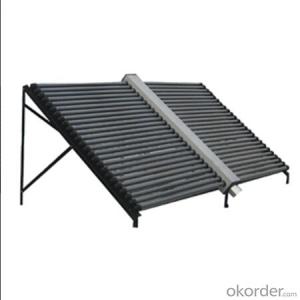Abb Solar Inverter Login
Abb Solar Inverter Login Related Searches
100w Solar Panel With Inverter Best Solar Panel Inverter 5000 Series Cast Aluminum Plate Portable Solar Panel Inverter First Solar Series 6 Module 12 Volt Solar Panel Inverter Plastic Solar Lanterns Buy Solar Panel Inverter Solar Panel Inverter Cost Solar Panel Without InverterHot Searches
Type Of Inverter For Solar Types Of Inverter For Solar Used Solar Inverter For Sale Inverter Size For Solar System Solar Edge Inverter For Sale 5kw Solar Inverter For Sale Solar Inverter For Sale Solar Inverter For Battery Solar Inverter For Split Ac Solar Inverter For Laptop Solar Inverter For Fridge Solar With Inverter Price Solar Inverter With 2 Battery Solar Inverter Price In China Best Solar Inverter In China Solar Inverter Price In Dubai Solar Inverter Price In Uae Solar Inverter Price In Kenya Solar Inverter Price In Kerala Solar Hot Water Collectors For SaleAbb Solar Inverter Login Supplier & Manufacturer from China
Okorder.com is a professional Abb Solar Inverter Login supplier & manufacturer, offers integrated one-stop services including real-time quoting and online cargo tracking. We are funded by CNBM Group, a Fortune 500 enterprise and the largest Abb Solar Inverter Login firm in China.Hot Products
FAQ
- A solar inverter handles power factor correction by using advanced control algorithms and circuitry to actively manage and adjust the power factor of the electrical output. It does this by continuously monitoring the load and adjusting the phase angle and voltage to ensure that the power factor remains close to unity (1.0). This helps optimize the efficiency of the solar system and ensures that the power being generated is in sync with the grid requirements.
- The role of a power limiter in a solar inverter system is to regulate and control the amount of power being fed into the grid. It ensures that the solar system does not exceed the maximum allowable power limit set by the utility company. This helps to maintain a stable and reliable power supply, preventing any potential damage to the grid infrastructure and ensuring compliance with grid regulations.
- Yes, a solar inverter can be used in standalone systems. Standalone systems, also known as off-grid systems, are not connected to the main power grid and rely on alternative energy sources such as solar power. In these systems, a solar inverter is essential as it converts the direct current (DC) generated by the solar panels into alternating current (AC) which can be used to power household appliances and other electrical loads.
- The role of power ramp rate control in a solar inverter is to regulate the rate at which the power output of the solar panels increases or decreases. This control feature helps to ensure a smooth and gradual transition in power generation, thereby preventing sudden fluctuations and potential grid instability. By managing the rate at which power is introduced to the grid, power ramp rate control helps to maintain the stability and reliability of the overall electrical system.
- Yes, a solar inverter can be used with a solar-powered educational system. A solar inverter is a device that converts the direct current (DC) generated by solar panels into alternating current (AC) that can be used to power various electrical devices. In the case of a solar-powered educational system, the solar inverter would play a crucial role in converting the DC power generated by the solar panels into usable AC power for running electronic equipment such as computers, projectors, and other educational tools.
- The role of a solar inverter in preventing electrical hazards is to convert the direct current (DC) generated by solar panels into alternating current (AC) that is suitable for use in homes and businesses. By ensuring the safe and efficient conversion of power, solar inverters help to minimize the risk of electrical hazards such as electrical shock, fire, or damage to electrical appliances and equipment. They also incorporate safety features like ground-fault protection and overvoltage protection, further enhancing their role in preventing electrical hazards.















































